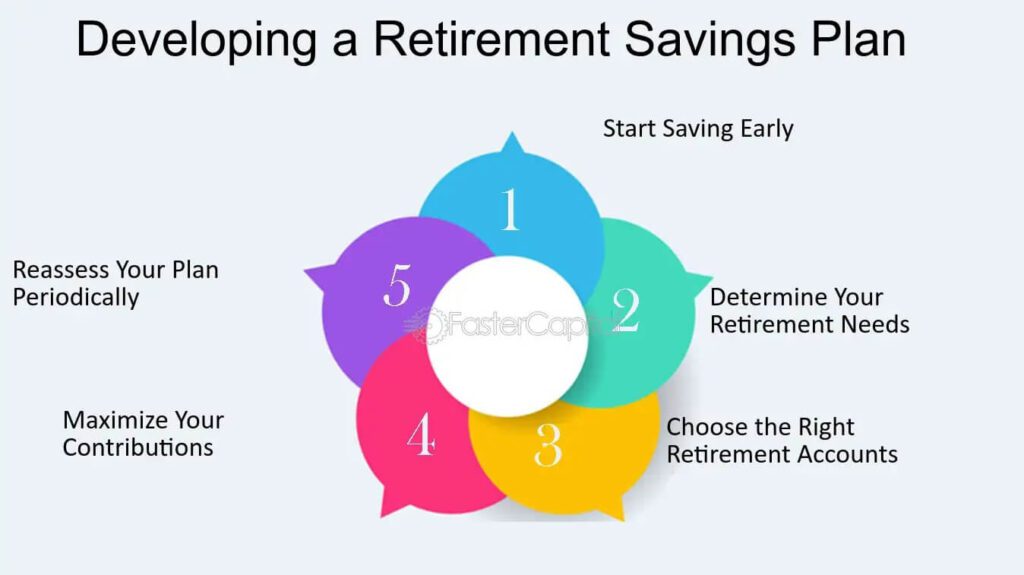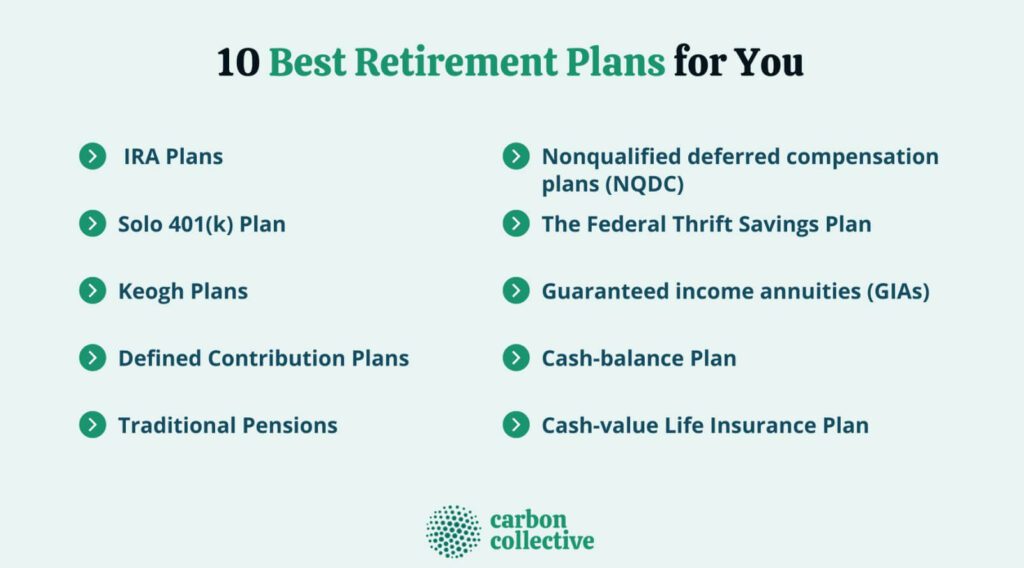Everyone works hard to have a stable retirement. Even though planning your retirement can be a bit overwhelming, choosing the right retirement savings plans can make the process much smoother. Whether you are just trying to save up a corpus for your future or looking to optimize your savings, you need to understand the different retirement savings plans out there and what might be the best one for you. In this blog, we’ll look into the different types of retirement savings plans and how to choose the best one for your goals.
What Is A Retirement Savings Plan?
After working hard for several years, everyone thinks of settling down and reaping the benefits of their work with a good retirement. That’s where a retirement savings plan comes in.
A retirement savings plan is a systematic process of saving up money during your work years and investing it in a fund or instrument. This is to accumulate wealth over time and later use to enjoy a successful retirement and have a good life ahead after your retirement.
As life expectancy and living costs continue to rise, it’s important that you have the right amount of money to compensate for all those costs as you age. So the earlier you invest in a retirement savings plan, the more money you can earn and be in peace.

Why Are Retirement Savings Plans Important?
Now, why are retirement savings plans important? Let’s understand this by breaking it down into smaller points:
Financial Independence After Retirement
Now after you are done with work, you can’t just fully depend on your Social Security income to cover all your expenses. To have the same level of financial independence as you used to, you need a retirement savings plan and enjoy the income you receive from that corpus to be financially independent even after your retirement.
Retirement Savings Plans: Protection Against Rising Costs
Costs keep on rising, even after your retirement, and the more you age, the more your living and healthcare costs become. Many reports suggest that an average couple spends about $300,000 annually on their healthcare costs. This means that having a good retirement savings plan can save you on these huge costs and not leave you in debt after your retirement.
Tax Advantages
There are also tax advantages associated with many retirement savings plans. For example, Traditional 401(k)s and IRAs allow you to contribute pre-tax dollars, reducing your taxable income in the present while allowing your investments to grow tax-deferred. Roth IRAs give you the benefit of tax-free withdrawals of your investment, so you don’t have to worry about spending your every penny on the government.
Compounding Interest Over Time
Have you heard of the “power of compounding”? That’s the main benefit of retirement savings plans; it’s the compounded interest you along with your initial amount every year. This means that the earlier you invest, the more your interest will get compounded, and this gives you a huge amount at the end.
For example, a $100 monthly investment earning a 6% annual return over 30 years can grow to more than $100,000, as opposed to just keeping it aside, which might only yield around $40,000.
Types of Retirement Savings Plans
Now, let’s look at the different kinds of retirement savings plans for you to choose from:

- A 401(k) plan: A 401(k) is the most popular retirement savings plan in the US. It is offered by many employers, where a portion of the employee’s income before tax is contributed towards this fund and an equal or more contribution is also contributed by the employer. This means you are getting free money on your contributions every month/year and since this is deducted from your income before tax, it reduces your taxable income as well.
- Individual Retirement Accounts: An Individual Retirement Account or IRA is a savings account you set up independently outside your employer. There are mainly two kinds of IRAs:
- Traditional IRAs: Contributions are tax-deductible, and withdrawals in retirement are taxed as regular income.
- Roth IRAs: Contributions are made with after-tax dollars, but qualified withdrawals in retirement are tax-free.
- Pension Plans: A pension plan is a scheme offered by the government or large corporations where the employer makes a certain contribution towards the fund and pays it out after your retirement. This is very good for individuals who are looking for a guaranteed income for life after retirement and do not want to actively manage any funds.
- Self-Employed Retirement plans: These plans are specifically made for self-employed individuals to help save for the future, such as:
- Solo 401(k): This plan works similarly to a regular 401(k) but is for self-employed individuals or business owners without employees.
- SEP IRA: A Simplified Employee Pension (SEP) IRA allows you to contribute up to 25% of your net earnings from self-employment, up to a maximum of $66,000 (2024).
- SIMPLE IRA: A Savings Incentive Match Plan for Employees (SIMPLE) IRA is a retirement plan for small businesses, allowing employees and employers to contribute.
Summing Up Retirement Savings Plans
To sum up, when it comes to retirement savings plans, there is no one-size-fits-all solution. It all depends on your goals and how you want to live your life even in your old age after retirement. One thing’s clear, a retirement savings plan is important to make sure you stay independent even after your work years. So start investing early and reap the benefits of all these plans for your future.
Related articles:
- https://finblog.com/what-is-the-full-retirement-age-in-the-usa/
- https://finblog.com/top-2-reasons-why-americans-struggle-with-retirement-savings/
Sources:










